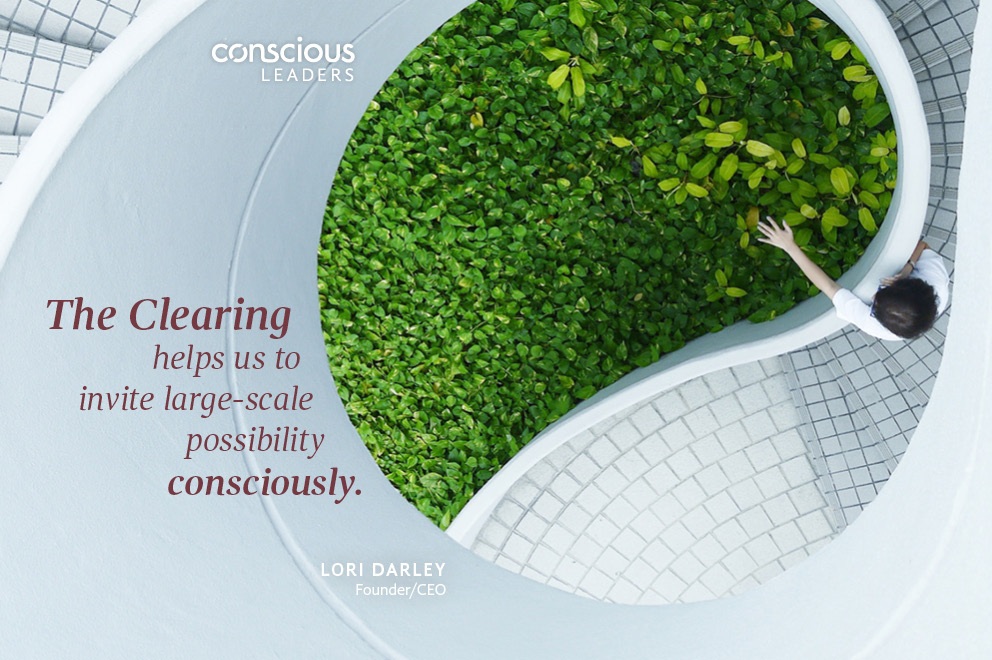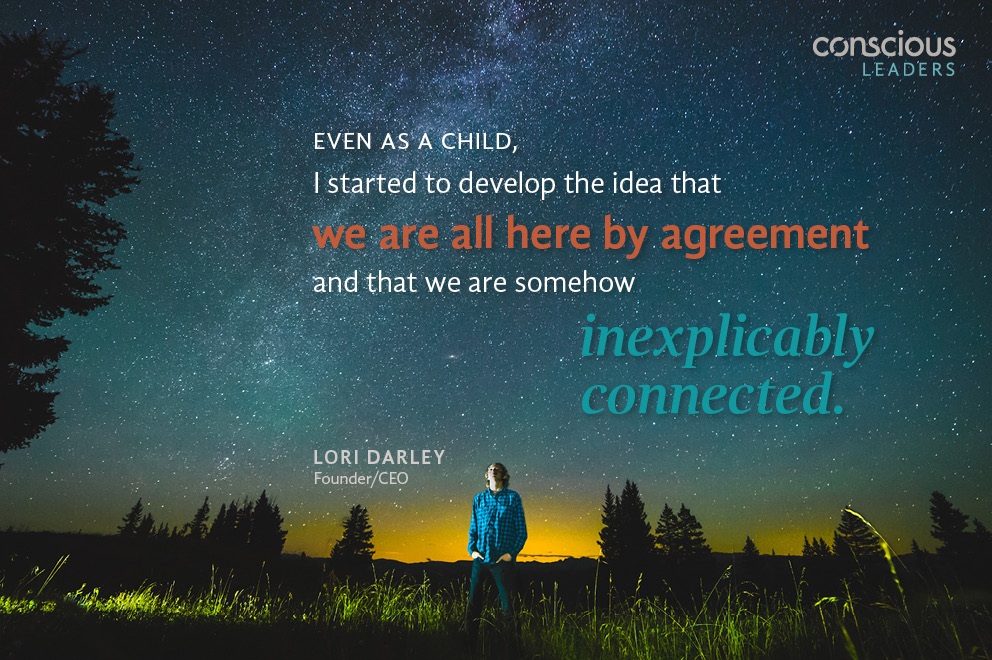Five Ways a Dancer Approach Brings Balance to Life and Work
Balance is quite the topic of our times. Is there such a thing? How do we achieve it? What can we possibly let go of to have it and keep our jobs?I agree that balance is an elusive concept. At the same time I also believe that those who agree that balance means we must stay in motion, at some level, are closer to the mark.
I danced professionally for over twenty years, ran a company, and choreographed many dance works. I have toured internationally so I have some idea what balance is as it relates to being a dancer. But I also believe my approach to balance as a dancer holds true for business leaders and even regular human beings.
I’d like to share five basic dancer tips for maintaining balance, and connect these embodied practices to leading an effective life.
- Connect to your Core
- Lift up and ground yourself
- Make subtle, not earth-shattering adjustments
- Don’t be afraid to put your foot down and reset
- When all else fails, dazzle yourself (and them) with some fancy footwork
Connect to Your Core
One of the first things a young dancer learns is to pull the stomach in and sit up straight. Besides the obvious aesthetic benefits, strengthening the abdominal wall is key to execution of every unnatural contortion to follow. To raise the leg above the head and hold it, to turn multiple times on one foot without stopping, or even to suspend a jump in the air while turning multiple times, all these feats require a superhuman strength in the core.
The application of this basic principle as a way of being in balance in life is fairly simple. There is a center of the body that the Japanese Aikido masters call the hara, and when someone gets triggered emotionally or physically, one way of moving through that trigger is to connect to the hara. More than simply focusing on a specific area of the body, this attention practice supports an auxiliary function. In taking your attention to this area, you also connect viscerally with what’s most important to you. Your core values. Your core commitments.
When you are thrown off balance, it is usually a function of something unexpected occurring. An email from your boss. A truck on the highway cutting you off in traffic. You know you’re off balance because there is actually a physiological response occurring in the body. Gut tightening, shallow breathing, clenched jaw, rapid heartbeat. The signs are easily apparent.
Connecting to your core values and slowing the breath represent one of the most basic practices to bring balance to every moment.
Lift up and Ground
I often hear my old dance teachers shouting at me. Pull up! Drop your weight! Those mandates probably sound foreign to the uninitiated, perhaps even contradictory. In fact, these are two important elements that shape the way the body relates to gravity. As dancers, we continuously lengthen and stretch, and engage in an almost futile battle against this eternal force; a force whose sole mission is to keep us earthbound. On the other hand, when “lifting up,” when I would visualize the top of my head literally gliding along the ceiling, I would also imagine the soles of my feet growing roots to the center of the earth. So with equal intention I would “drop my weight” and ground my energy to balance the progression of steps.
The embodied application of this feels very much the same. As leaders or just people trying to get through the day, our heads are full of to-do lists. We have yellow sticky notes attached to the inside of our skulls. We are in a constant state of thinking, mulling over the past and creating expectations for the future. When you notice you’re in that frame of mind, it’s a good idea to start growing roots. At the very least, just send your attention to the lower half of your body. If you’re in a place where this makes sense, do a couple of deep squats. This simple action will send the blood flow throughout the body and with that, bring a distinct sense of aliveness that wasn’t present before. Before making any kind of presentation, this simple practice can be invaluable.
Now what about this lifting process? How does that bring us balance? Let’s make this experiential. Notice how you’re sitting now. If you’re like most of us reading a phone or hunched over the computer, your spine is less than straight. Now pull up. Sit or stand as tall as you can get. If you like, take this a step further in your visualization. Imagine yourself inhabiting the body of a giant. How does that make you feel? When I do this, I feel empowered, in my skin and ready for anything. Yes, I may get pulled off balance, but when I lift up and ground, the voices in my head are more creative than reactive. Who can I be in this moment, with this powerful energy behind me?
Make Subtle, Not Earth-Shattering Adjustments
Just the other day, I was working out in my living room with a couple of five-pound weights. I was perched on one leg, tipped forward like a teapot, with both arms, hands holding the weights, down by my sides but parallel to the floor. My objective was to just stand there. Now, I no longer have the fine-tuned body of a professional dancer, but I still have the heart of one and it was important to me to be able to keep my balance. What I noticed was all the small, incremental shifts required to be able to maintain my balance. I’d extend the energy through the heel of my elevated leg. I’d pinch my buttocks together and bring my navel closer to my spine. I’d relax my shoulders to the extent the weights would allow.
In life, when you feel like a victim of the clock, pressed by competing commitments and resigned to a constant state of overwhelm, think about what small incremental shift you could make to bring you more alive. Maybe it’s simply taking a deep belly breath in the moment. Sometimes I make a loud, diaphragm-supported tone when I’m alone in the car. Rather than throwing in the towel or collapsing in momentary defeat, even just thinking “I’ve got this” allows me to relax and remain present to the task in front of me. Sometimes, it’s just the small things that can make the biggest difference.
Don’t be Afraid to Put your Foot Down and Reset
When I say put your foot down, I don’t mean it in the usual context of drawing your foot in the sand or taking a stand for something. I mean, literally, let the leg in the air come down and touch the floor when you’re about to lose your balance. If I were in a gymnastics competition, I’d lose points for that. In a dance performance, if I did that, people might say I’m not yet proficient at whatever move I was attempting. But when trying to maneuver the body in taking a precarious shape, balanced on a foot or a hand or, these days as we see in Hip Hop, a head, you’re not going to do it right on your first attempt. We fail our way to success and each failure brings new data, both physical and mental, on how to reach success. “Failure” looks like putting your foot down or falling over, but it is also the moment when you say to yourself, okay, let me try this again. And you reset for another attempt.
How often in life do you find yourself barreling forward in an endeavor knowing full well you are not fully committed or something isn’t quite aligned? Maybe there’s distrust running rampant on a team. Maybe you know you don’t have everything you need to complete a task or finish that report but you just keep going anyway. The equivalent of putting your foot down and resetting may be as simple as just pausing to reflect on what is wanted and needed. For me, sometimes the equivalent of putting my foot down is meeting with one of my coaches or closing my eyes and counting my breaths. Sometimes I have found tremendous value in declaring a breakdown. I share my experience, what’s working and also what’s not working. I check in with others to see if we are having similar experiences. Declaring a breakdown is one of the most powerful first steps to creating the conversations and committing to the course of action that will bring the success you’re after. Go ahead. Put your foot down! It’s okay!
When All Else Fails, Dazzle Them with Your Fancy Footwork!
There’s something to be said for dazzle and quality execution in dance. People, after all, love to be entertained by people who know how to do it. In dance, an intricate series of steps, a death-defying partnering move or a heart-wrenching gesture of universally shared meaning, all these represent the ability professionals bring to the game. It’s what they’ve trained for and when done well, you know you’re in the presence of greatness. So when I say dazzle them with your fancy footwork, I mean let your talent pour out of you. Don’t be afraid to shine.
I believe balance is that extraordinary sense of flow that comes from expressing your gifts. When you are in the flow state, you are present. Time seems irrelevant and all there is is the moment where you are so engaged in what you’re doing that nothing else seems to matter. When I danced at my highest level of performance, this was my experience. I couldn’t have been more present to the music, the dancers around me, the lights, the sweat and the breath. It wasn’t an experience of me dancing, it was the experience of the dance dancing me. Me and the dance were one.
In life, when you are dazzling people with your fancy footwork, maybe for you it is giving a presentation you have done deep preparation for. You know your stuff and now it’s just about connecting with others and sharing your wisdom. For others, your fancy footwork might be caring for your children or doing a triathlon. And while the idea of crunching numbers may not be your razzle-dazzle, I have seen people get so excited about spreadsheets that I couldn’t be happier that they’re the ones in charge of keeping up with my charts of accounts. Whatever your gift, being present to the sense of flow that arrives when you engage your gift shuffles our priorities to align with a way of being in the world where what is most important rises to the top.



